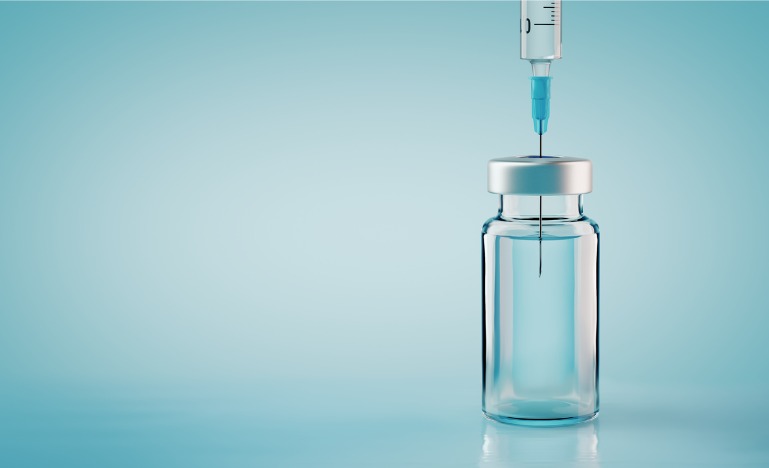IP in pandemic times
We're past the early stages of the pandemic. How should we be thinking about vaccines and IP protection?

The COVID-19 pandemic put a spotlight on the value of intellectual property protection and the tension between public health and IP rights. There has been discussion about overriding those rights through a waiver of the protection afforded by the Agreement on Trade-Related Aspects of Intellectual Property Rights (TRIPs). Proponents for the waiver say that IP rights pose a barrier to rapid access to affordable medical products, including vaccines for people in dire need. On the other hand, the opponents say that there is no indication that IP rights have hindered the availability of vaccines or therapeutics during the pandemic.
So, is IP protection friend or foe in vaccine development?
It's complicated. Vaccines are highly complex biologic agents and regulatory law plays a major role in ensuring the delivery of safe and effective vaccines. Biologic agents are isolated from a natural source, rather than being artificially synthesized. As a result, biologics are complex mixtures that cannot be easily identified or characterized.
Regulatory approval of pharmaceutical agents after extremely rigorous testing ensures that only safe and effective agents are sold to the public. Beyond regulatory law, IP rights may also play a role in delivering safe and effective vaccines. Robert DeBerardine, the chief patent attorney of Johnson & Johnson, said that the company's IP rights allow it to pick the best partners and enter into agreements with them to make and distribute safe and effective vaccines.
Also, there are intersections between IP rights and public health concerns in making vaccines affordable and widely available. In the case of mRNA vaccines, there are numerous patents involved. Vaccine developers may need to pay royalties to use patented technologies owned by third parties (driving up the cost of the vaccine), and will want to ensure that their own technological developments are protected by appropriate patents (ensuring their unique position with respect to competitors in the marketplace).
During the early stages of the pandemic, no company wanted to be seen as holding up the pandemic response by asserting its patent rights, and the public health interest in rapidly scaling and delivering vaccines prevailed. However, now that the urgency of the pandemic is fading, we are starting to see in the U.S. the filing of offensive and defensive litigation by holders of patent rights relevant to the mRNA vaccines. Such disputes can curtail the availability of vaccines if manufacturers are uncertain of the outcome of such litigation.
It is important to know that governments do have the legal authority to override patent rights through the grant of compulsory licenses if the needs of the public for a patented technology are not being met, and Canada even introduced legislation specific to the COVID-19 pandemic, although the relevant provisions expired without being used.
Friend or Foe, or maybe both? IP protection can be a friend as it provides a foundation by which diverse stakeholders can collaborate and deliver successful technologies to the global market safely and quickly, knowing the contributions derived from their investments will remain theirs. However, IP protection can also be a foe as companies could potentially hold up the pandemic response by asserting their respective IP rights, as we are starting to see now that the worst of the pandemic seems over.
This article was originally published in BarTalk, by the Canadian Bar Association, BC Branch.


